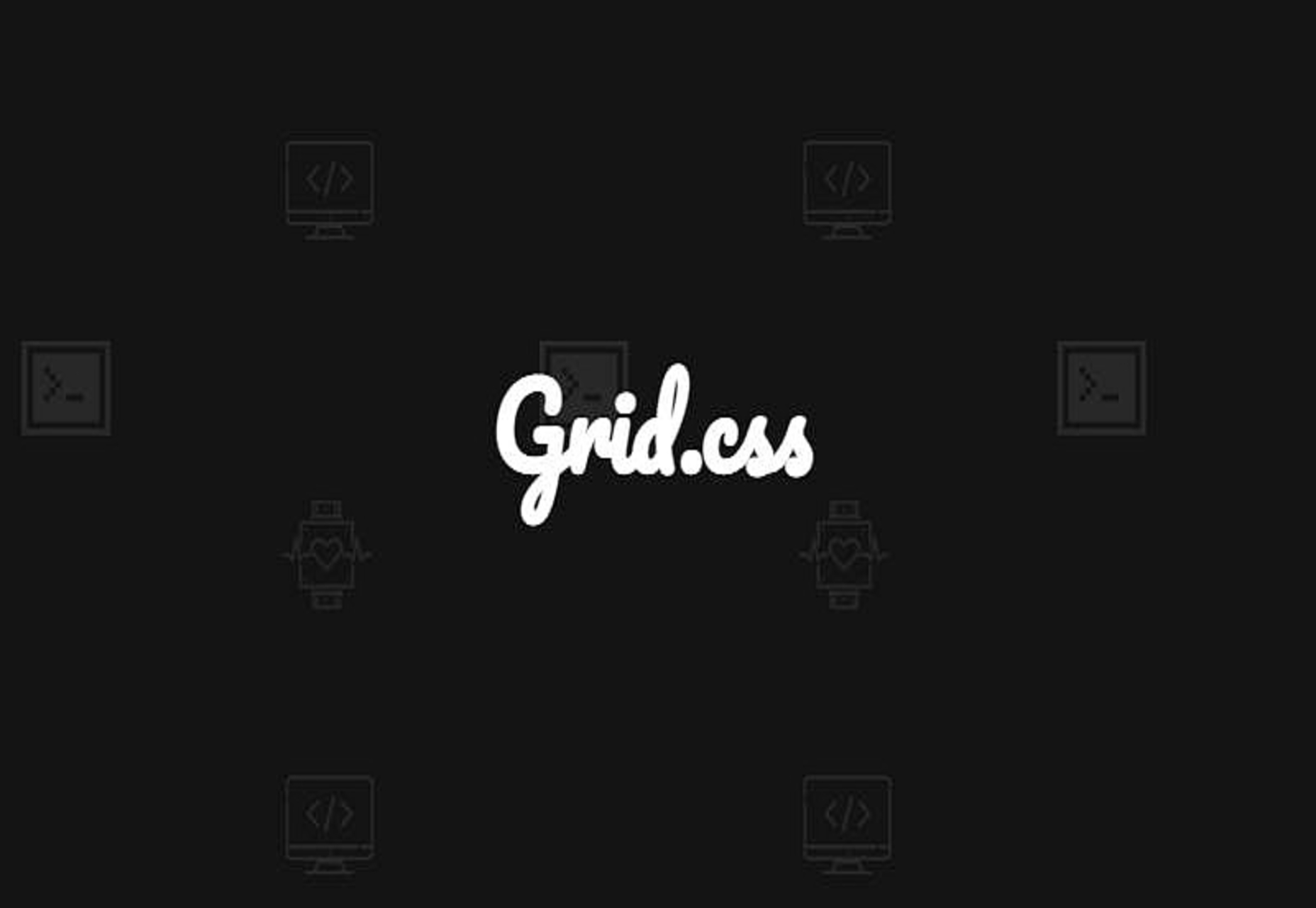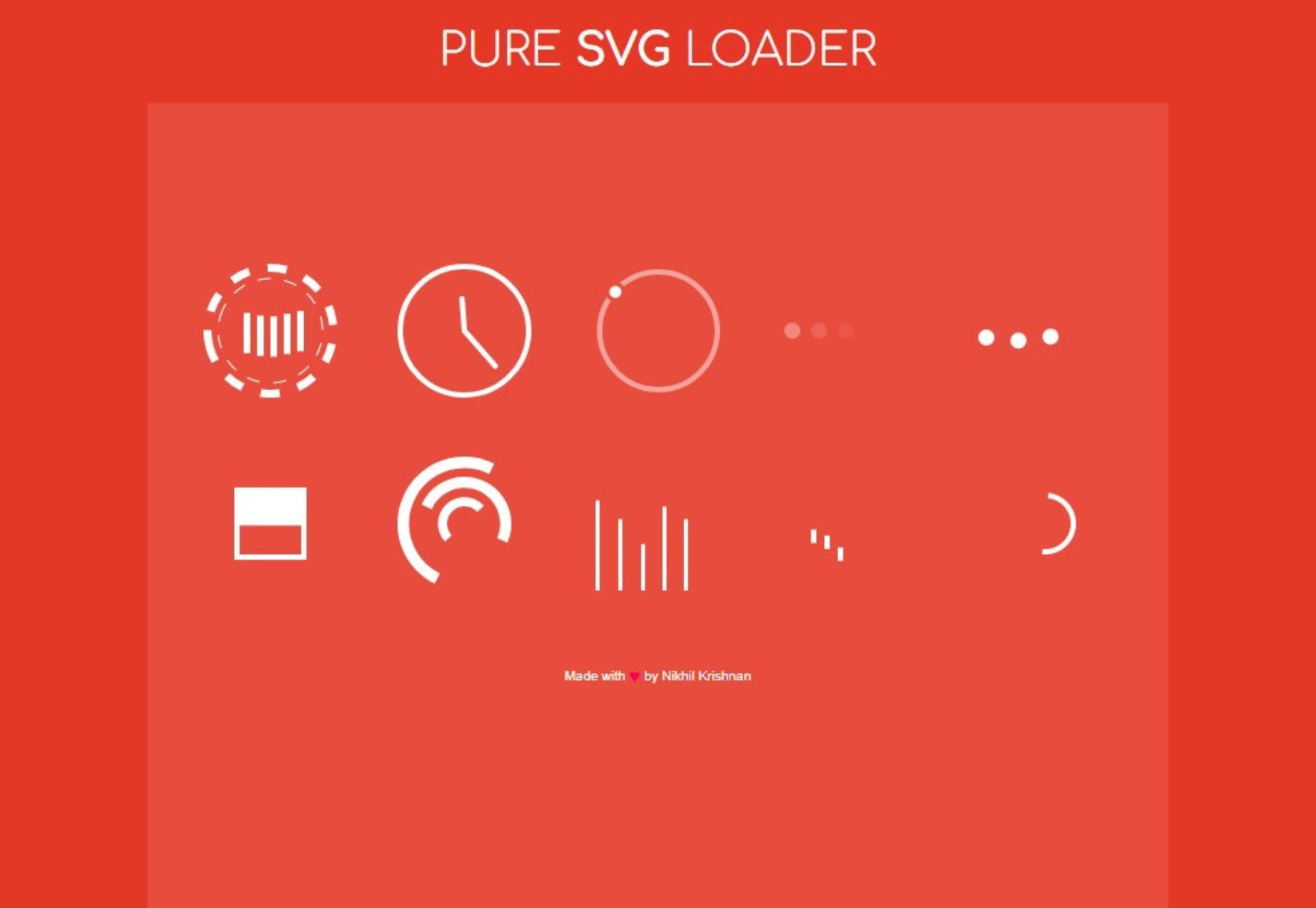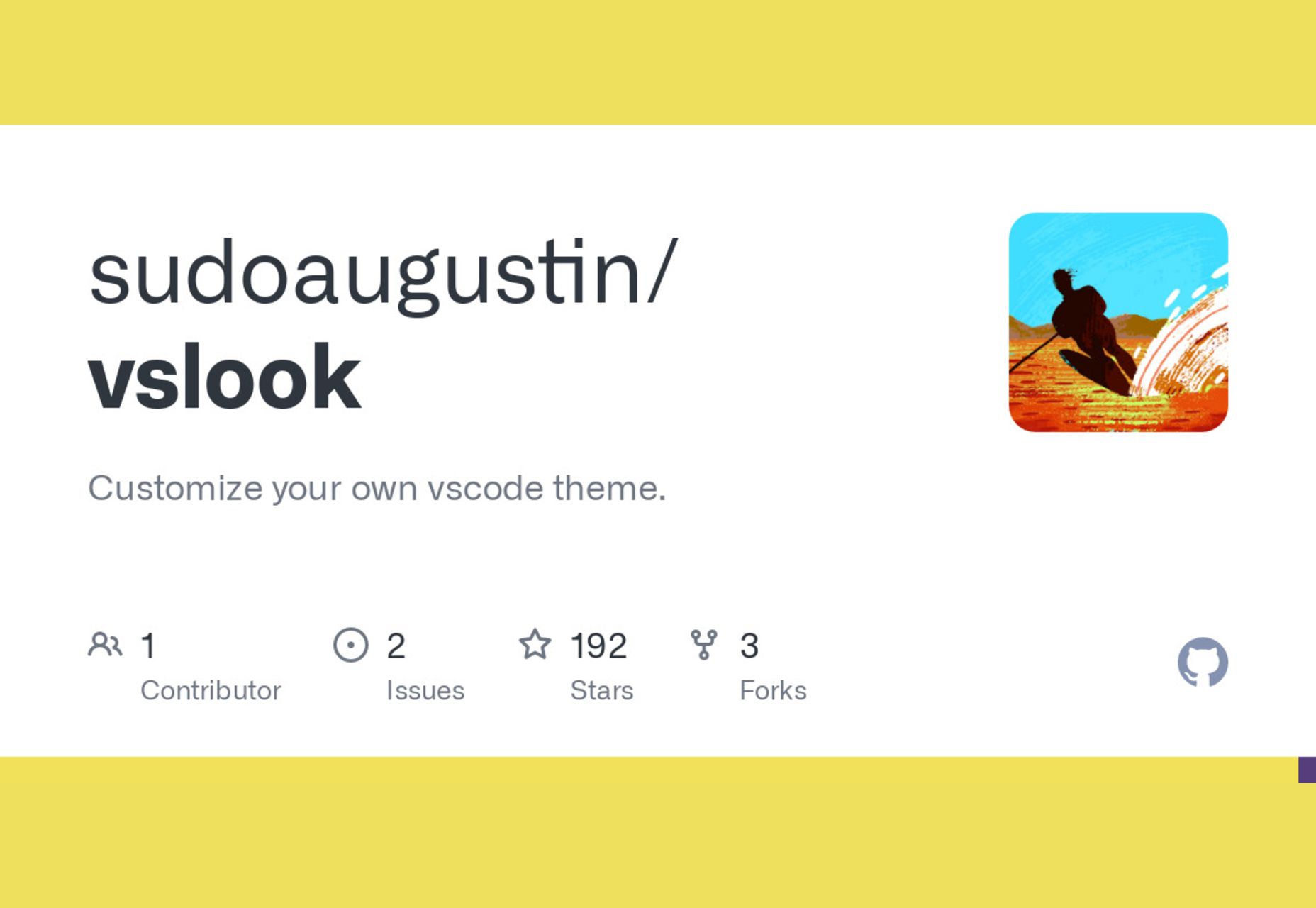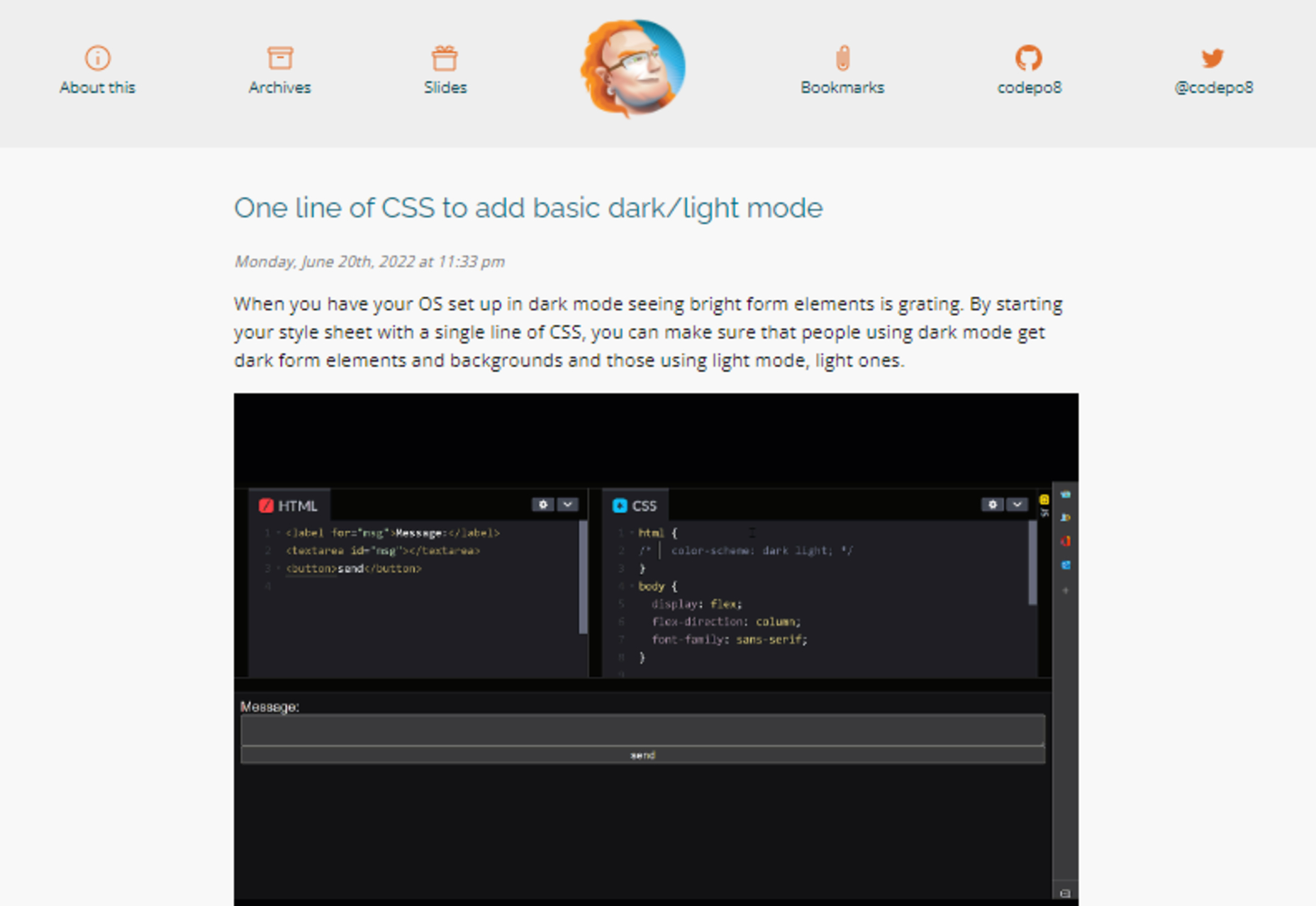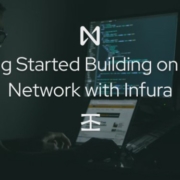Ktor is an asynchronous web framework written in and designed for Kotlin, leveraging coroutines and allowing you to write asynchronous code without having to manage any threads yourself.
Here is a bit more background information on Ktor. It is backed by Jetbrains, who are also the creators of Kotlin itself. Who better to make a Kotlin web framework than the people that work on the language?






 Every day design fans submit incredible industry stories to our sister-site, Webdesigner News. Our colleagues sift through it, selecting the very best stories from the design, UX, tech, and development worlds and posting them live on the site.
Every day design fans submit incredible industry stories to our sister-site, Webdesigner News. Our colleagues sift through it, selecting the very best stories from the design, UX, tech, and development worlds and posting them live on the site.